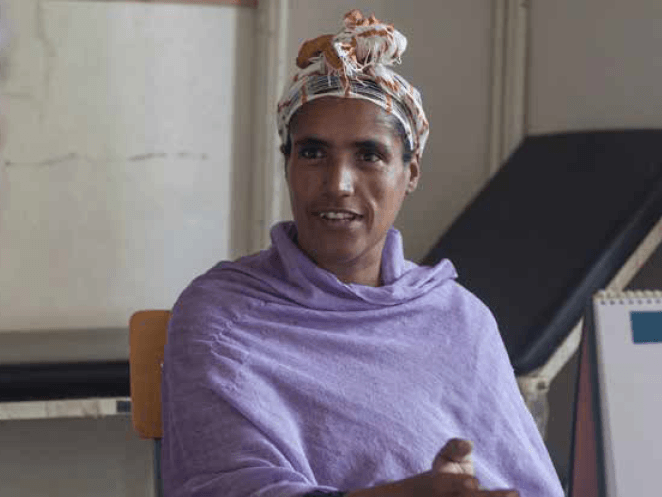Background and Rationale People living with HIV have a greatly increased risk of developing tuberculosis (TB). In 2014, it was estimated that TB caused the death of 400,000 people living with HIV, accounting for one in four HIV-related deaths worldwide.1 A critical, but often underutilized medication that prevents TB among people living with HIV is isoniazid, an inexpensive drug that has been shown to reduce TB risk in this population, even in the presence of antiretroviral therapy (ART).
Isoniazid preventive therapy (IPT) was first recommended as a TB prevention measure for people living with HIV by the World Health Organization (WHO) in 1993—the year TB was declared a global emergency—and the scientific evidence for IPT’s efficacy has continued to grow in the years since. In 2008, IPT was designated as one of three pillars of a global strategy to decrease the impact of TB on the health of people living with HIV (the “Three I’s”) and, in 2010, the WHO recommended that all people living with HIV who screen negative for active TB receive at least six months of IPT as part of a comprehensive package of HIV care.
Despite the scientific evidence and WHO endorsement, IPT is still not widely provided to people living with HIV in many high burden settings. Available data also suggest that many patients who start IPT do not adhere to the full course of treatment. Barriers preventing IPT initiation and adherence include health workers with inadequate knowledge about IPT (e.g., insufficient awareness of IPT’s efficacy and/or concerns about drug toxicity or drug resistance); TB programs that lack tools to sufficiently guide health workers (e.g., TB screening algorithms); patients who lack resources to cover the cost of transportation to monthly clinic visits; patients with insufficient social support (often as a result of HIV-related stigma); and a lack of systems to monitor the programmatic implementation of IPT.
Evidence-based, effective models for scaling up IPT in highburden, resource-limited settings are urgently needed. While a small number of studies have described specific interventions to improve IPT initiation in such settings, few have rigorously assessed a combination approach that comprises programmatic, structural, and psychosocial interventions addressing the diverse barriers that exist.




